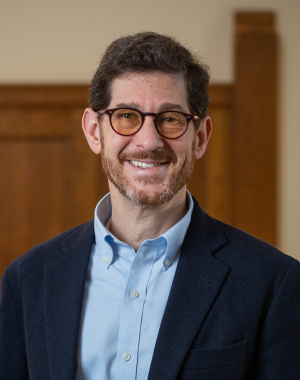
How Access to CTE Varies Across Michigan Schools and Students
Despite much attention paid to the issue, educational inequality remains a consequential source of injustice in our society. For example, students of color and economically disadvantaged students are more likely to be taught by less qualified, lower paid, and less experienced teachers, and they are less likely to have access to advanced courses. As a result, recent education policy has focused on increasing college access for underserved students in hopes of disrupting the link between a student’s current circumstances and their future socioeconomic prospects. However, given low college completion rates and increasing levels of student debt, many have begun searching for alternative pathways so that the circumstances one inherits at birth do not determine one’s chances for economic security.
Key findings
- Economically disadvantaged, Black, and Hispanic students have less overall access to CTE and are less likely to attend schools with at least one CTE program.
- Total program availability (i.e., in-school and via travel) is greater for all demographic groups in districts with CTE-designated property taxes (millages) and these districts exhibit smaller socioeconomic and racial gaps in CTE access.
- CTE participation and completion rates are significantly higher in schools with CTE programs.
We find that schools enrolling higher shares of economically disadvantaged, Black, and Hispanic students are less likely to offer CTE programs.
PAGE 8

